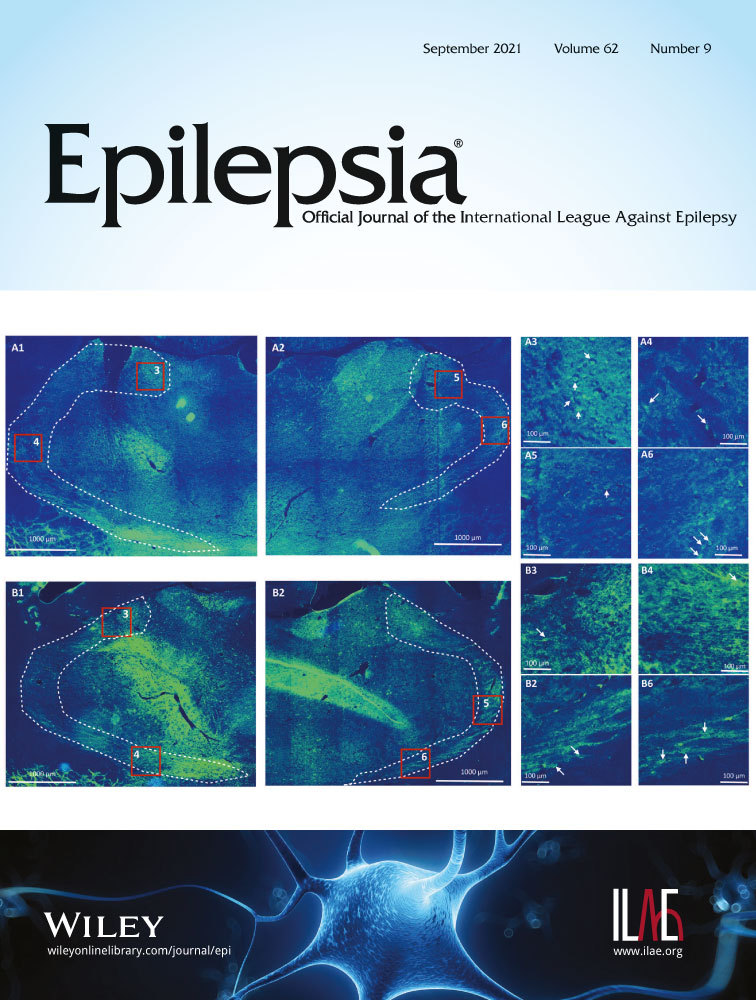Adult onset epilepsy is defined by phenotypic clusters with unique comorbidities and risks of death
Abstract
Objective
This study was undertaken to identify clusters of adult onset epilepsy with distinct comorbidities and risks of early and late death.
Methods
This was a retrospective open cohort study that included all adults meeting a case definition for epilepsy after the Acceptable Mortality Recording date in the Health Improvement Network database for the years 2000–2012 inclusive. Unsupervised agglomerative hierarchical clustering was performed to identify unique clusters of patients based on their predicted risk of early (<4 years of epilepsy diagnosis) and late (≥4 years from diagnosis) mortality and patient-level clinical characteristics.
Results
We identified 10 499 presumed incident cases of epilepsy from 11 194 182 patients. Four phenotypic clusters were identified in the early and late risk periods. Early clusters include older adults with cardiovascular disease and a high risk of death (median predicted risk = 20%, interquartile range [IQR] = 9%–31%), a group with moderate risk of death and cancer (median predicted risk = 6%, IQR = 2%–15%), a group with psychiatric disease/substance use and few somatic comorbidities (median predicted risk = 5%, IQR = 2%–9%), and one with a younger age at onset and few comorbidities (median predicted risk = 4%, IQR = 1%–11%). There was minimal movement of individuals between clusters for those surviving the early risk period. Age- and sex-standardized 3-year mortality ratios were more than sixfold higher than the general population for every cluster, even those primarily comprised of healthy younger adults.
Significance
Adult onset epilepsy is marked by unique clusters of comorbid conditions and elevated risks of death that form discrete populations for targeted therapeutic interventions. These clusters remain relatively stable between the early and late mortality risk periods. Of particular interest are the clusters marked by young and otherwise healthy adults whose standardized mortality ratio is sixfold higher than general population despite few conventional risk factors for premature death.
CONFLICT OF INTEREST
C.B.J. has received unrestricted educational grants from UCB Pharma and Eisai for work unrelated to this project. None of the other authors has any conflict of interest to disclose. We confirm that we have read the Journal's position on issues involved in ethical publication and affirm that this report is consistent with those guidelines.




